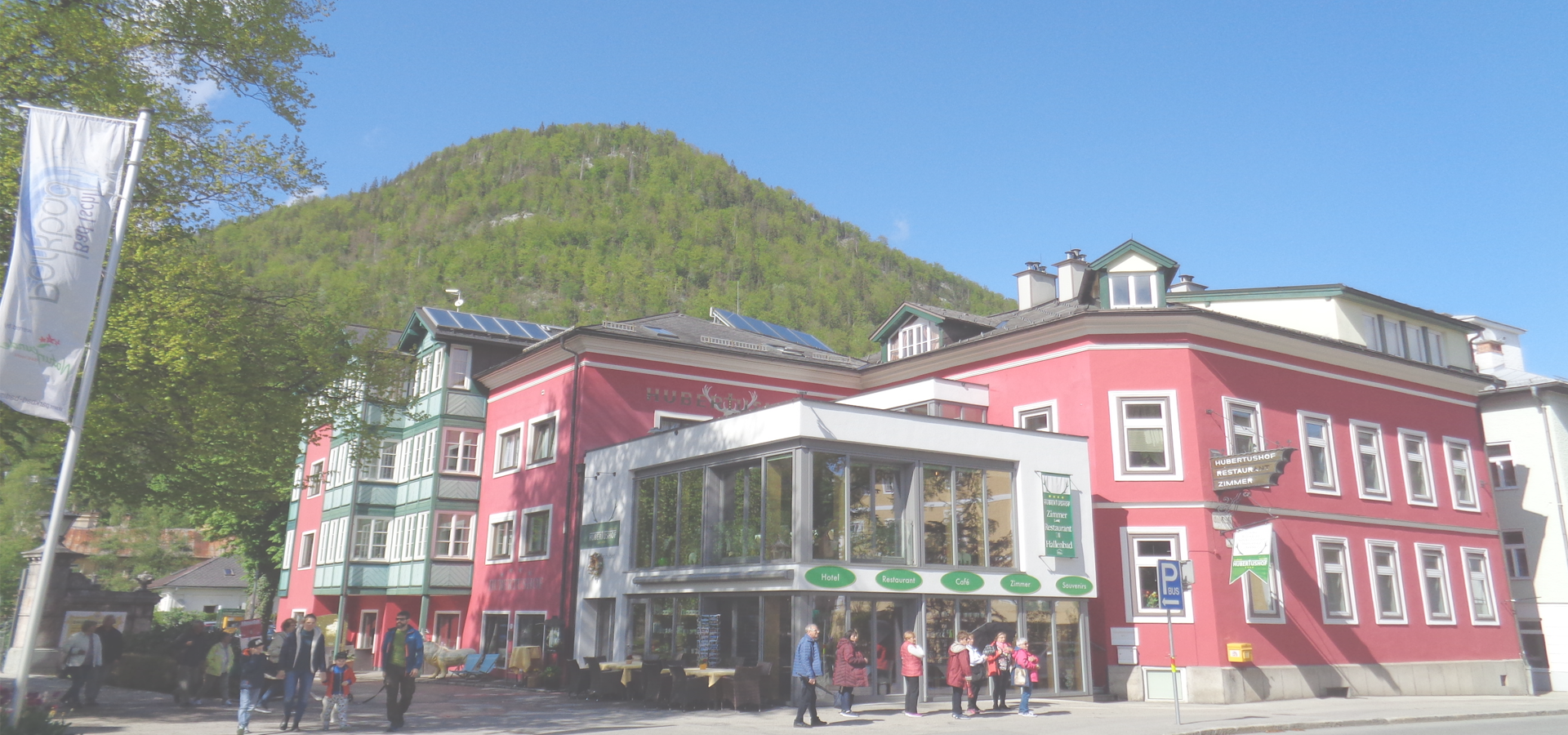Bad Ischl, Upper Austria State, Austria
🇦🇹 Bad Ischl is a spa town in Austria. It lies in the southern part of Upper Austria, at the river Traun in the centre of the Salzkammergut region. The town consists of the Katastralgemeinden Ahorn, Bad Ischl, Haiden, Jainzen, Kaltenbach, Lauffen, Lindau, Pfandl, Perneck, Reiterndorf and Rettenbach. It is connected to the village of Strobl by the river Ischl, which drains from the Wolfgangsee, and to the Traunsee, into which the stream empties. It is home to the Kaiservilla, summer residence of Austro-Hungarian monarchs Emperor Franz Joseph I and Empress Elisabeth. In 2024, Bad Ischl will be one of the European Capitals of Culture – the third city in Austria after Graz (2003) and Linz (2009).
History Humans have lived in the Bad Ischl area since the time of the pre-historic Hallstatt culture; documentary evidence of the settlement dates from a 1262 deed, it which it appears as Iselen. In 1419 Archduke Albert V of Austria established the local seat of the Salt Chamber (Salzkammer) at Wildenstein Castle, and Ischl was granted the privileges of a market town in 1466 by Emperor Frederick III. A first salt mine was opened in 1563, a salt evaporation pond (Saline) followed in 1571.
When in the early part of the 19th century brine became medically popular in Continental Europe, Ischl soon turned into a fashionable spa resort - notable guests included Prince Klemens Wenzel von Metternich (1773-1859), Archduke Rudolf of Austria (1788-1831) and Archduke Franz Karl of Austria (1802-1878). The Hotel Post, opened in 1828, was the first one in the whole Salzkammergut area. In 1849 Franz Karl's son, Emperor Franz Joseph I of Austria chose the town for his summer residence.
On 19 August 1853 the engagement between Franz Joseph and Elisabeth of Bavaria (Sisi) took place at the Seeauerhaus, Esplanade No. 10, which since 1989 has been the location of the Museum der Stadt Bad Ischl.
In 1854, the Emperor's mother, Archduchess Sophie, gave him the Kaiservilla (Imperial Villa) as a wedding present. The villa became the imperial family's summer residence; Franz Joseph described it as "Heaven on Earth". The Emperor granted to his mistress Katharina Schratt a nearby mansion, easily reached via a hidden footpath. In the Kaiservilla on 28 July 1914 Franz Joseph signed Austria-Hungary's declaration of war against the Kingdom of Serbia, signalling the start of hostilities in World War I. He left Bad Ischl on the following day and never returned. The Habsburg-Lorraine family still own the villa, although the grounds and parts of the residence are now open to the public.
In the aftermath of the 1945 defeat of Nazi Germany in World War II, Bad Ischl became the location of a displaced persons (DP) camp for survivors of the Holocaust and of Nazi concentration camps in Eastern Europe. The resident displaced persons were primarily Jews from Poland and other neighboring countries. They received lodging, food, medical care and administrative assistance until able to make other, more permanent arrangements. Many left for the United States, Israel or Canada. The Bad Ischl DP camp remained active from 1945 until 1952.
Sights Besides the Kaiservilla, the city offers several health spas and tourist attractions, like the historic Kongresshaus opened in 1875, the new Kurhaus built by Clemens Holzmeister in 1932, as well as the Lehár Villa, the former residence of Franz Lehár, that he acquired in 1912 and today serves as a museum. The Saint Nicholas parish church was first mentioned in a 1344 deed.
Bad Ischl is also known for the Konditorei Zauner pastry shop, former k.u.k. purveyor established in 1832, and the small Lehártheater built in 1827.
A gondola lift runs from the town up to the Katrin alpine pasture at 1415 m (4643 ft), which offers a panoramic view of the Salzkammergut mountains. The ruins of Wildenstein Castle, which burnt down in 1715, are nearby.
The Bad Ischl Cemetery is listed by the State of Upper Austria as a protected historical site. Amongst those buried there are the composers Franz Lehár, Rudi Gfaller, and Oscar Straus.
Bad Ischl, Upper Austria State, Austria

Bad Ischl has a population of over 14,080 people. Bad Ischl also forms part of the wider Gmunden District which has a population of over 99,640 people. Bad Ischl is situated near Gmunden.
Twin Towns, Sister Cities Bad Ischl has links with:
🇭🇺 Gödöllő, Hungary 🇭🇷 Opatija, Croatia 🇧🇦 Sarajevo, Bosnia and Herzegovina🇩🇪 Kempten im Allgäu 47.733
🇦🇹 Neunkirchen 47.733
🇩🇪 Bad Reichenhall 47.717
🇭🇺 Szentendre 47.704
🇺🇸 Coeur d'Alene 47.693
🇫🇷 Segré-en-Anjou Bleu 47.687
🇩🇪 Waldkirchen 13.601
🇮🇹 Ascoli Piceno 13.583
🇩🇪 Treptow-Köpenick 13.567
🇩🇪 Lichtenberg 13.5
Locations Near: Bad Ischl 13.6333,47.7167
🇦🇹 Gmunden 13.798,47.919 d: 25.6
🇦🇹 Vöcklabruck 13.651,48.006 d: 32.2
🇦🇹 Kirchdorf an der Krems 14,47.9 d: 34.1
🇦🇹 Ried im Innkreis 13.49,48.21 d: 55.9
🇦🇹 Hallein 13.083,47.667 d: 41.5
🇦🇹 Sankt Johann im Pongau 13.2,47.35 d: 52.2
🇦🇹 Salzburg 13.045,47.802 d: 45
🇩🇪 Bad Reichenhall 12.867,47.717 d: 57.4
🇦🇹 Braunau am Inn 13.033,48.25 d: 74.2
Antipodal to: Bad Ischl -166.367,-47.717
🇹🇴 Nuku'alofa -175.216,-21.136 d: 16954.8
🇦🇸 Pago Pago -170.701,-14.279 d: 16275.5
🇼🇸 Apia -171.76,-13.833 d: 16214.4
🇵🇫 Papeete -149.566,-17.537 d: 16327
🇺🇸 Hilo -155.089,19.725 d: 12431.7
🇺🇸 Maui -156.446,20.72 d: 12340.9
🇺🇸 Maui County -156.617,20.868 d: 12326.8
🇺🇸 Wailuku -156.505,20.894 d: 12322.5